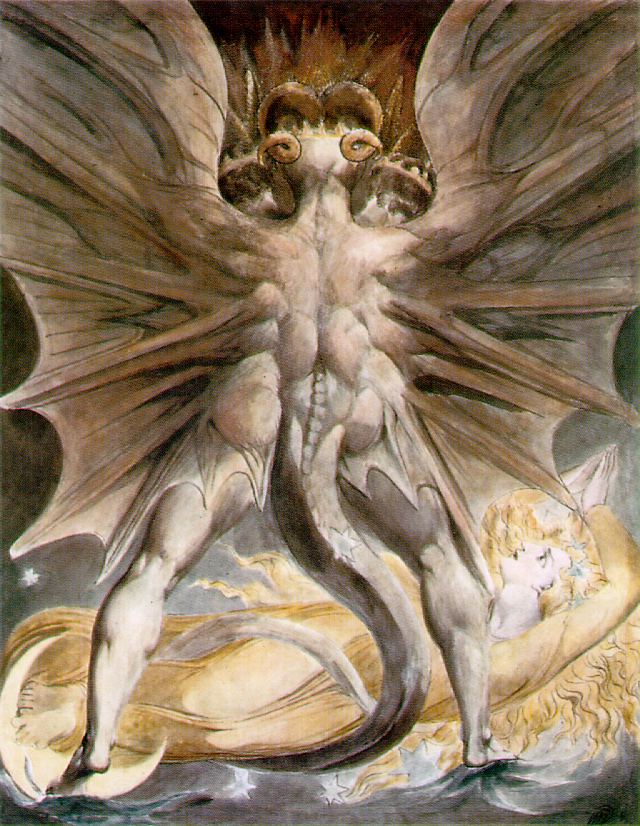

Philosophy 281:
Magic in Renaissance Thought
Truth does not come into the world naked, but clothed in figures and images.
- The Gospel of Philip (Nag
Hammadi Codex 2)
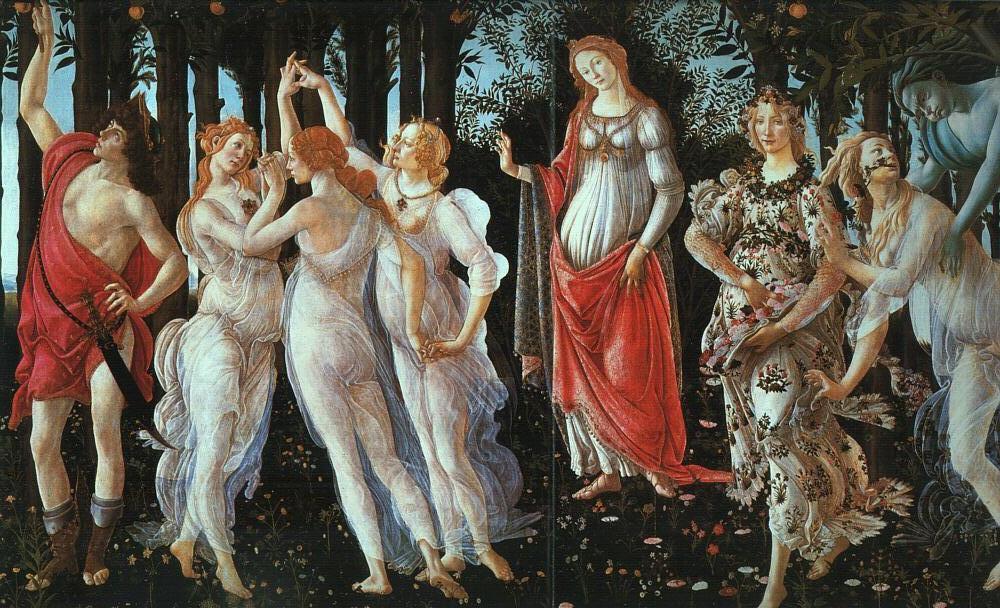
Instructor: Gary Zabel, Ph.D
Philosophy Department Phone: (617) 287-6530
E-mail Address:
gary.zabel@umb.edu
Website:
www.faculty.umb.edu/gary_zabel
Office Hours: Wed 2:45-3:45/Th 2:45-3:45
Wheatley, 5th Floor, 035
Course Description
In this course, students will explore the surprisingly central role played by
magic and other occult themes in the work of major thinkers of the European
Renaissance. At a key turning point in the history of Western thought, a revival
of ancient Greek, Egyptian, Jewish, and Arab traditions of magic spurred new
developments in philosophy, science, religion, and art. Students will
investigate these developments, as well as the reaction against them in the
great European witchcraft trials of the 16th and 17th centuries.
The syllabus is divided into seven main sections: 1) The Philosopher as Magician; 2) Philosophy and the Ancient Mysteries; 3) Real Magic; 4) Theory of Magic; 5) Magic in Botticelli's Paintings; 6) Number Mysticism and the Rise of a Mathematical Science of Nature; and 7) Demonology and the Witch Trials. The readings can be accessed simply by clicking on the relevant links in each section.
Requirements
1) One Take-Home Exam
2) One Major Research Paper
3) Preliminary Class Presentation of Your Research Topic
3) Regular Class Attendance and Participation
Grading
The exam constitutes one-quarter of your final grade;
the research paper constitutes one-half of the final
grade; class presentations, attendance, and participation constitute the remaining
one-quarter of the final grade.
Readings
All readings are on this CD and can be accessed through the links below. You will need Adobe Reader in order to read the PDF files. If you don't already have it, you can get it free at: http://www.adobe.com/products/acrobat/readstep2.html
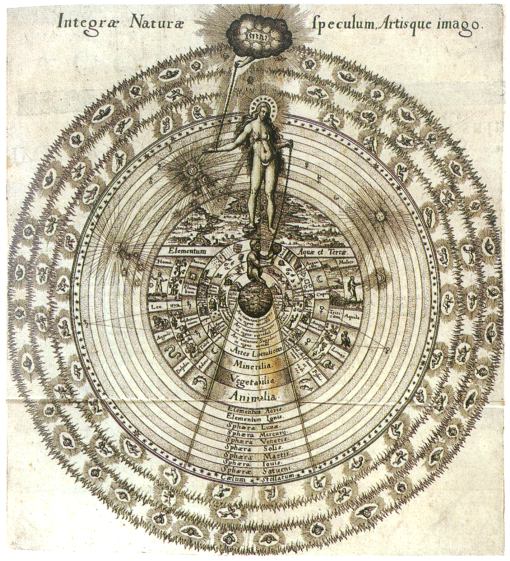
Introduction: Magic and the Origins of the Modern World in the Renaissance
Renaissance is the French translation of the Italian word rinascenza, which means "rebirth." It signifies consciousness of a decisive break with the immediate past, a past that some Renaissance thinkers designated the "Dark Ages." According to this nomenclature, the period extending from the fall of the Roman Empire around 500 CE until the beginning of the Renaissance around 1400 CE was "dark" in that it suffered the loss of a large part of the cultural heritage of ancient Greece and Rome. The key figures of the Renaissance saw themselves as midwives for the rebirth of classical antiquity, in part based on the rediscovery of ancient Greek literary and philosophical works as a result of recent European contact with Byzantium and the Arab world. In spite of the old saying, however, history does not repeat itself, at least not precisely. The backward-looking Renaissance turned out to represent, not a simple repetition of the ancient world, but its reproduction on a new foundation, and that foundation was a distinctively modern one. Such characteristically modern phenomena as the rise of print culture, the invention of perspective in painting, the development of capitalism as a global system, and the origin of a predictive mathematical science of nature were all products of the Renaissance. The Renaissance was first and foremost a period of transition to a radically new age.
Part of the Renaissance fascination with the classical past was an obsession on the part of many key thinkers with the magical traditions of ancient Greece and Rome, as well as those of the mixed Greco-Roman-Egyptian-Hebrew-and-Christian culture that had developed in far-flung regions of the Roman Empire in the four or five centuries following the death of Christ. Magic played many different roles in the ancient world, but one of the most significant and interesting was its function as a connective tissue able to bring disparate cultural traditions and disciplines together into a loosely connected, but dynamically common cultural framework. Philosophy, religion, medicine, folklore, art, and natural science on the one hand, and the different national traditions, both elite and popular, of Greece, Rome, Sicily, Egypt, and Palestine on the other all found a place in the magical practices and theories of classical antiquity. Undoubtedly, this ability to bring together national, religious, and intellectual forces ordinarily indifferent to or even at odds with one another constituted a large part of the appeal that ancient magic exercised on Renaissance artists, scientists, and philosophers. For Europe's first foray into the modern period was inclusive, not exclusive in character. In religion the Renaissance was ecumenical, not sectarian, finding a place for Greek, Hebrew, Arab, and Egyptian as well as Christian themes. In science it was comprehensively cosmological, not narrowly technical in its reach. In painting and the other visual arts, it broke free of the narrow confines of the medieval church drawing from the well of pagan mythology as well as Roman Catholic iconographic tradition. And in philosophy it tried to lay the foundations of a new universally human culture, rather than becoming preoccupied with the narrow technical issues that so distorted the philosophy of the late middle ages, and we might add, that of our own day as well. If we look with unbiased eyes, we will see a revived ancient magic weaving its shimmering connective web both within and between each of these areas of Renaissance achievement, each of these frontiers of breakthrough to the early modern world.
We will begin this course with an examination of the intimate connection of philosophy and magic in ancient Greece and the Roman Empire as well as the revival of that connection in what is probably the most important and widely read document of the Renaissance, Pico della Mirandola's Oration on the Dignity of Man. We will then proceed to look more closely at the esoteric mystery religions, magical artifacts, and carefully hidden occult texts that constituted the real context of magic in the ancient world. After this journey into the realm of "real" magic and mystery, we will investigate the theories of magic that were developed on its basis by several of the most important philosophers of the Renaissance as well as late antiquity. We will then look at the inspiring presence of these theories of magic in two of the most beautiful and identifiable paintings of the early Renaissance, Botticelli's Primavera and his Birth of Venus. The role of magic in the rise of a distinctively modern mathematical science of the physical world will then draw our attention. Finally, we will examine the reaction against Renaissance magic that was at least part of the background to the European witch trials of the sixteenth and seventeenth centuries as well as the development of an associated demonology.
Maps (These are particularly helpful in getting your bearings in the vast expanse of time and space covered in this course)
Supplementary Resources (Check these when thinking about a topic for your research paper)
1. The Philosopher as Magician
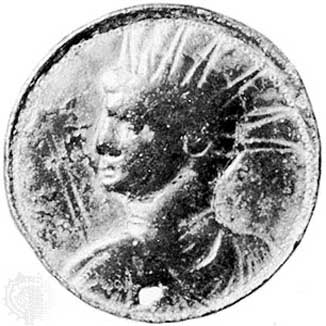
Diogenes Laertes: Life of Pythagoras
Diogenes Laertes: Life of Empedocles
Poemandres from the Corpus Hermeticum
Pico della Mirandola: Oration on the Dignity of Man
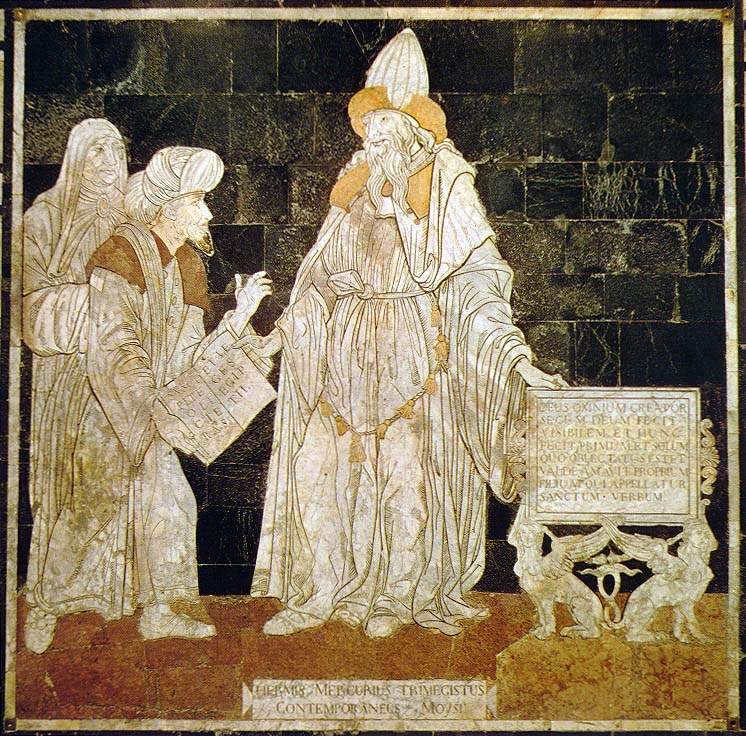
2. Philosophy and the Ancient Mysteries
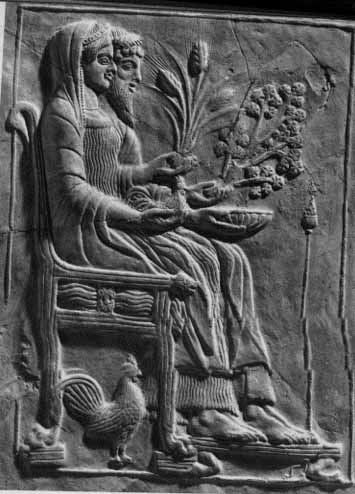
Mystery and Cult in Ancient Greece (Images)
Background Material on the Greek Mysteries
Plato: Prophecy, Poetry, and Madness (Selection from The Phaedrus)
Plato: Eros and the Realm of Spirits (Selection from The Symposium)
Voss- The Musical Magic of Marcilio Ficino
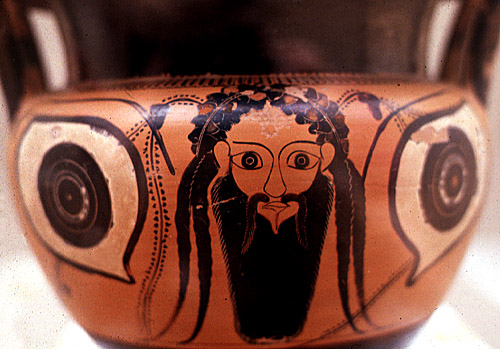
3. Real Magic
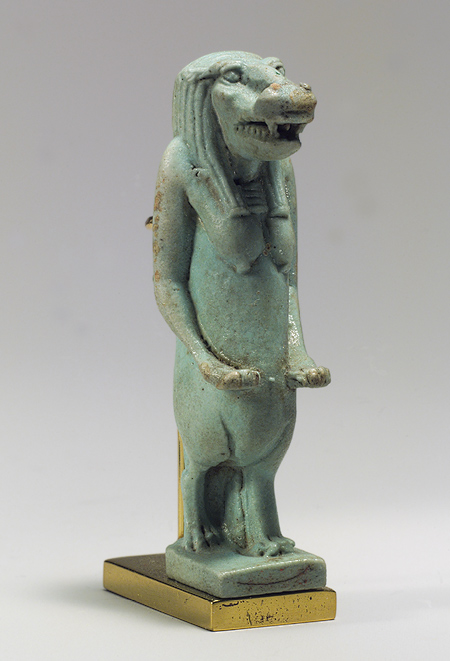
Tales of Magic in Ancient Egypt
Bohak: Traditions of Magic in Late Antiquity
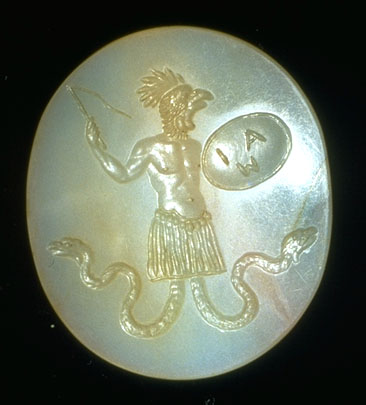
4. Theory of Magic
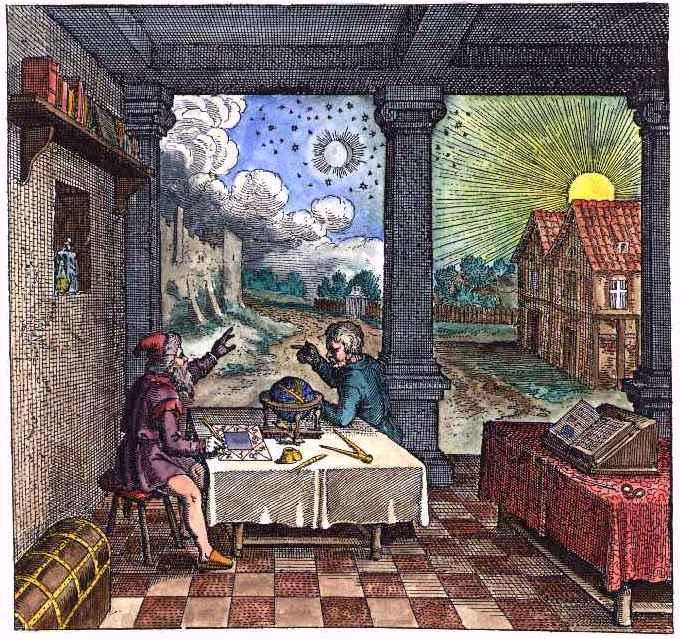
Hermes Trismegistus: Aesclepius
Neo-Platonism [Internet Encyclopedia of Philosophy].
Plotinus: (Excerpt from the 4th Tractate of the 4th Ennead with Zabel's Commentary)
Giordano Bruno: On Magic and A General Account of Bonding
Marsilio Ficino: Selections From Three Books On Life
Agrippa: Introduction to the Three Books of Occult Philosophy
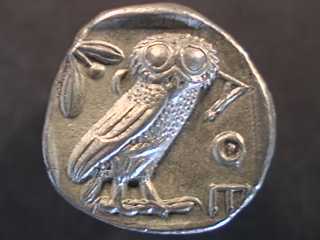
5. Magic in Botticelli's Paintings
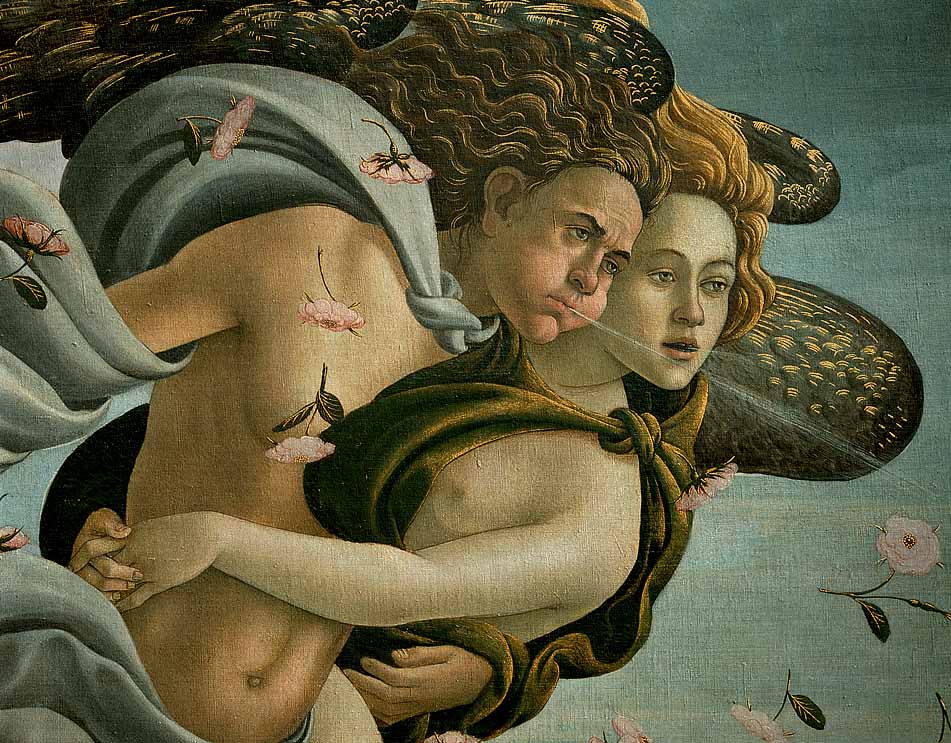
Botticelli - Renaissance Master Artist
Selection from Vasari: Lives of the Artists
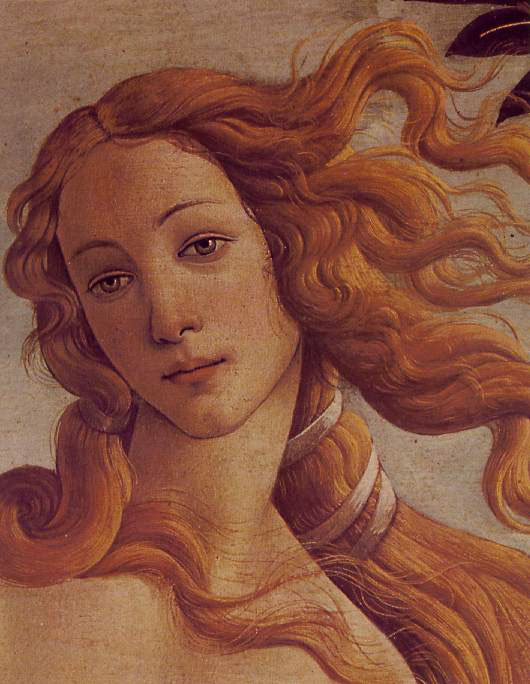
6. Number Mysticism and the Rise of a Mathematical Science of Nature
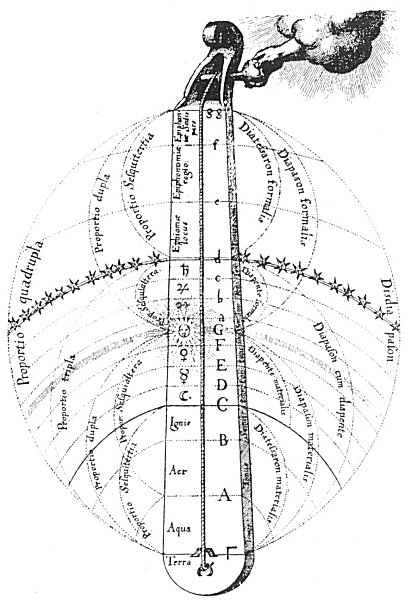
Pythagorean Harmony of the Universe
Platonic Solids and Plato's Theory of Everything
Dume: Is The Universe A Dodecahedron?
MacTutor History of Mathematics Archive: Kepler
Excerpts from Kepler's Astrological Writings
Rise of Modern Science (Images)
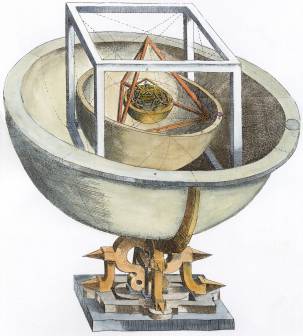
7. Demonology and The Witch Trials
Dionysius the Areopagite Celestial Hierarchies
Innocent VIII: Bull Summis Desiderantes
King James I of Scotland: The Demonologie
Selections from Sprenger and Kramer: Malleus Maleficarum
Selections from Murray: The Witch Cult in Western Europe
Primary Historical Source Material
